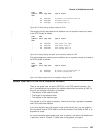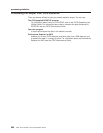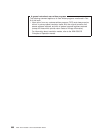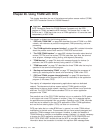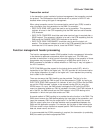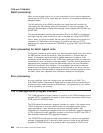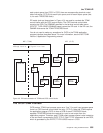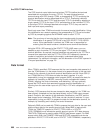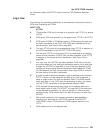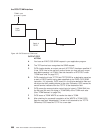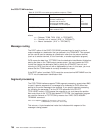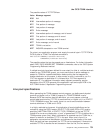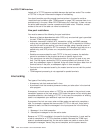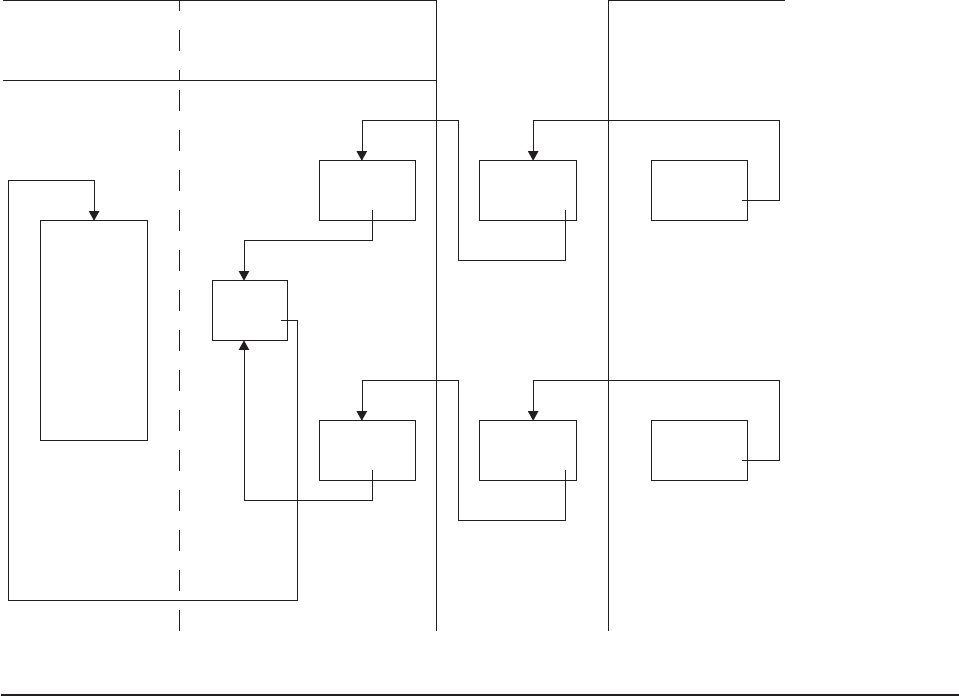
each output queue from CICS. In CICS, there are corresponding terminal control
table line entries (TCTLEs) for each input queue, and for each output queue (that
is, for each TPROCESS block).
DD cards (such as those shown in Figure 101) are used to correlate the TCAM
control blocks with the CICS control blocks. The CICS terminal control table
contains the DCB. The DDNAME specified in the terminal control table macro
(DFHTCT TYPE=SDSCI,DDNAME=name) names the DD card. In the DD card, the
QNAME field names the TCAM TPROCESS block.
You do not need to make any exceptions for CICS to the TCAM application
program interface described above. For more information, see the
ACF/TCAM
Version 3 Application Programming
manual.
The CICS-TCAM interface
CICS treats a TCAM input process queue as a “line”. For each input process queue
there is a CICS terminal control table line entry (TCTLE). Note that TCAM requires
the application program (CICS) to have a DCB for each TPROCESS block;
separate TPROCESS blocks are required for input to and output from the
application program. Therefore, each TCAM output process queue is also treated as
a line and has a corresponding CICS TCTLE. Each TCTLE references its own DCB,
which is generated by the DFHTCT TYPE=SDSCI macro in CICS.
MCP (TCAM) MPP (CICS)
Application Application
message handler program interface
TPROCESS //DD TCTLE
PCB= QNAME= DDNAME=
STARTMH
PCB
MH=
TPROCESS //DD TCTLE
PCB= QNAME= DDNAME=
Figure 101. DD card correlation of TCAM and CICS control blocks
the TCAM API
Chapter 26. Using TCAM with CICS 695



